Ian Schweitzer Exonerated of Murder After 25 Years in Hawaii
New DNA evidence identifies one unknown male perpetrator, proving Mr. Schweitzer and his co-defendants’ innocence.
01.24.23 By Innocence Staff
(Jan. 24, 2023 — Hilo, Hawaii) Today, Judge Peter K. Kubota dismissed Albert “Ian” Schweitzer’s conviction for the 1991 rape and murder of Dana Ireland, based on new DNA testing that excluded Mr. Schweitzer and his co-defendants, and identified a single unknown male suspect. Additional newly discovered evidence presented to the court revealed that although DNA testing at Mr. Schweitzer’s original trial excluded him and his co-defendants, the State used false jailhouse informant testimony to build its case, which led to the wrongful conviction of Mr. Schweitzer, his younger brother Shawn Schweitzer, and Frank Pauline, Jr., who is now deceased. Ian walked free today after 25 years of wrongful incarceration.

Image of Ian Schweitzer in court on Tuesday, Jan. 24, 2023 in Hilo, Hawaii. (Marco Garcia/The Innocence Project)
“After 25 years of incarceration for a crime Mr. Schweitzer did not commit, he is eager to have his name cleared and return home to his family. From the beginning, the DNA in this case provided powerful evidence that these three men are innocent,” said Susan Friedman, one of Ian’s Innocence Project attorneys. “Yet, the state built its case on false informant testimony and misapplied forensic evidence. We are grateful to the Hawaii County Prosecuting Attorney for their collaboration during this re-investigation. The new scientific evidence is clear — Mr. Schweitzer did not commit this crime.”
“Injustice is at the core of this case — historically one of the most high profile cases Hawaii has ever seen. The growing public pressure to hold someone accountable for this horrific crime — combined with the incessant media attention — outweighed the tainted false testimony used to wrongly convict the Schweitzer brothers and Mr. Pauline, as well as the clear DNA evidence that proved their innocence,” Ken Lawson, co-director of the Hawaii Innocence Project.
The Pressure to Get Justice Ends in Wrongful Conviction
On Dec. 24, 1991, Ms. Ireland was struck by a vehicle on Kapoho Kai Drive on Hawaii Island while cycling home, and sustained life-threatening injuries. Ms. Ireland had also been sexually assaulted and left on a fishing trail in the Wa‘a Wa‘a subdivision. Ms. Ireland died from severe blood loss at the hospital the following day.
From the beginning, local and state news regularly covered the case. The community supported the Ireland family by helping to raise money for a reward and holding a candlelight vigil and parade on the one-year anniversary of Ms. Ireland’s murder. As time passed there was mounting public pressure to solve the case. In April 1994, a petition was started requesting that the Hawaii attorney general appoint an independent prosecutor to investigate Ms. Ireland’s murder.
In May 1994, what seemed to be a break in the case came from incentivized informant John Gonsalves — Mr. Pauline’s half brother — who claimed to law enforcement that Mr. Pauline had information on Ms. Ireland’s murder. A month later, Mr. Pauline, who was incarcerated on unrelated charges, falsely confessed to being in a car with Ian and Shawn when they committed the crime. Mr. Pauline gave multiple statements to police, which were riddled with inconsistencies, in an attempt to gain favor for himself and Mr. Gonsalves, who was facing significant drug charges at the time. Mr. Pauline later recanted his confession on July 6, 1996. The Schweitzer brothers and Mr. Pauline were nonetheless indicted. Subsequent DNA testing on the rape kit and spermatozoa on the hospital gurney sheet on which Ms. Ireland was transported excluded all three co-defendants. The indictments against the Schweitzer brothers were dismissed, but not those against Mr. Pauline, who had confessed.
In 1999, Ian and Shawn were re-indicted based on new allegations from a jailhouse informant, Michael Ortiz. Mr. Ortiz claimed that Ian confessed to him while they were both incarcerated. Mr. Pauline was tried and convicted in August 2000, and Ian was convicted in February 2000. Ian was sentenced to life for second-degree murder, plus 20 years for kidnapping and 20 years for sexual assault to run consecutively. Mr. Pauline was sentenced to life for second-degree murder and given two concurrent life sentences for kidnapping and first-degree sexual assault. Mr. Pauline died in prison in 2015 after being attacked by a prisoner.
New DNA Evidence Reinforces Innocence
A key piece of evidence at both Ian and Mr. Pauline’s trials was a Jimmy’Z t-shirt found near the victim’s body, which was soaked in her blood. At both trials, the prosecution presented witnesses who claimed the shirt belonged to Mr. Pauline even though he strenuously denied this, and argued the shirt did not fit.
Since Ian’s conviction, there have been significant advancements in forensic DNA testing. In light of this, additional items from Ms. Ireland’s rape kit, as well as the Jimmy’Z t-shirt were tested. Despite the State’s contention that the Jimmy’Z t-shirt was worn by Mr. Pauline during the crime, DNA testing excluded Mr. Pauline and the Schweitzer brothers from DNA recovered from the t-shirt. New DNA results of an armpit cutting and semen stain prove that the “habitual wearer” of the shirt was the same unknown person — “Unknown Male #1” — whose DNA was recovered from items in Ms. Ireland’s rape kit that were tested before Ian’s trial. “Unknown Male #1” was linked to Ms. Ireland’s vaginal swab, hospital gurney sheet, underwear, pubic combings, and the Jimmy’Z t-shirt. Ian, Shawn, and Mr. Pauline have been excluded from all the DNA recovered from the evidence in this case. These findings further solidified the innocence of all three men.
Unregulated Informant Testimony Perpetuates Injustice
Throughout this case, law enforcement’s dependence on unreliable informant testimony had devastating consequences. In exchange for his testimony, Mr. Gonsalves was sentenced to probation, although he initially faced significant prison time, and the State promised not to transfer him for federal prosecution. Mr. Ortiz was facing a retrial and 10-year sentence, but had his sentence reduced to time served after he began cooperating with law enforcement in this case.
Jailhouse informant testimony has played a leading role in 19% of the Innocence Project’s 241 exonerations and releases to date. The promise or expectation of receiving leniency or other benefits in exchange for testimony creates a strong incentive for witnesses to lie. In many wrongful convictions these benefits provided in exchange for their testimony are never disclosed. The Innocence Project has long advocated for nationwide reform which includes system-wide tracking, complete disclosure of informant testimony, as well as jury instructions to inform jurors about the included incentives and potential fallibility of jailhouse informant evidence.
“Given that the use of informants remains unregulated in many states, including Hawaii, the present ecosystem incentivizes people behind bars to testify against innocent people facing charges in exchange for a benefit, including leniency in their own case. Indeed, many informants provide unreliable testimony in multiple cases over time since their activities are not tracked,” said Barry Scheck, Innocence Project’s Co-Founder and Special Counsel. “This denies justice not only to the innocent, but also to the victims of crime whose perpetrators can become informants in exchange for leniency.”
Faulty Forensic Science
This case is a stark example of how faulty forensic evidence can lead to wrongful conviction.
The misapplication of forensic science has contributed to 53% of wrongful convictions in Innocence Project cases.
In the original autopsy, a circular injury was noted on Ms. Ireland’s breast resembling a bite mark. At Ian’s trial the prosecution alleged that Mr. Pauline had bitten Ms. Ireland, which was supported by the medical examiner’s testimony. Mr. Ortiz, the jailhouse informant, also claimed that Ian stated that Mr. Pauline had bitten Ms. Ireland’s breast. In the reinvestigation of this case, Ian’s board-certified forensic odontologist, Dr. Adam Freeman, concluded the injury was not a human bite mark. To date, at least 38 known wrongful convictions and indictments have stemmed from invalidated bite mark evidence. For decades, forensic odontologists testified that they could identify the source of a bite mark, but years of research have wholly undermined this assertion. The significant changes in the understanding of bite mark evidence have led the American Board of Forensic Odontology (ABFO) to revise its standards and guidelines to prohibit an ABFO Diplomate from concluding that an individual is the source of a bite mark.
A central question during Ian’s trial was whether his Volkswagen Beetle was involved in this crime. Investigators spent the first three years of the investigation searching for pickup trucks and large vehicles. This was based on witness reports of the types of vehicles seen in the area around the time of the crime. Investigators also believed these were the only type of vehicles that could have driven down the steep trail where the victim was found. However, police abandoned this theory once Ian became a suspect and alleged that his Volkswagen Beetle was involved in this crime, despite the fact that he didn’t purchase the vehicle until three months after the crime. At trial, flawed expert testimony alleged that Ian’s Volkswagen Beetle could have been responsible for the damage to Ms. Ireland’s bicycle. During the reinvestigation Matthew Marvin, a tire tread expert at Ron Smith & Associates, reviewed the tire tread evidence and concluded that, based on the measurements taken by crime scene investigators, Ian’s Volkswagen Beetle could not have produced the reported tire tracks at the Wa‘a Wa‘a crime scene. Although there was less evidence available at the scene of the bicycle collision, Mr. Marvin concluded that the Volkswagen Beetle likely did not produce the tire tracks at this scene either and that the same vehicle may have produced the tire tracks at both scenes.
Ian Schweitzer is represented by Hawaii Innocence Project’s (HIP) Co-Director Kenneth Lawson, Associate Director Jennifer Brown, HIP volunteer attorneys William Harrison and Brooke Hart, and former HIP Director Virginia Hench; and Innocence Project Senior Staff Attorney Susan Friedman, Co-Founder and Special Counsel Barry Scheck and Post-Conviction Litigation Fellow Natalie Baker.

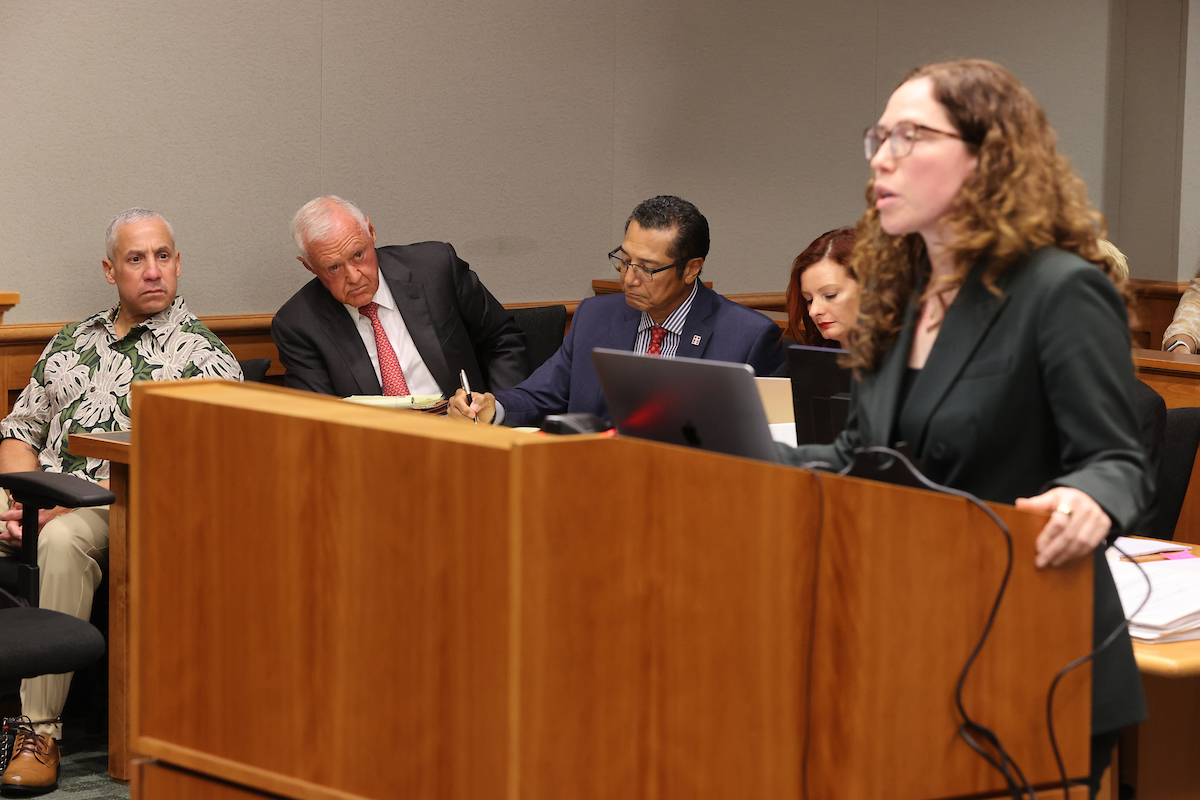
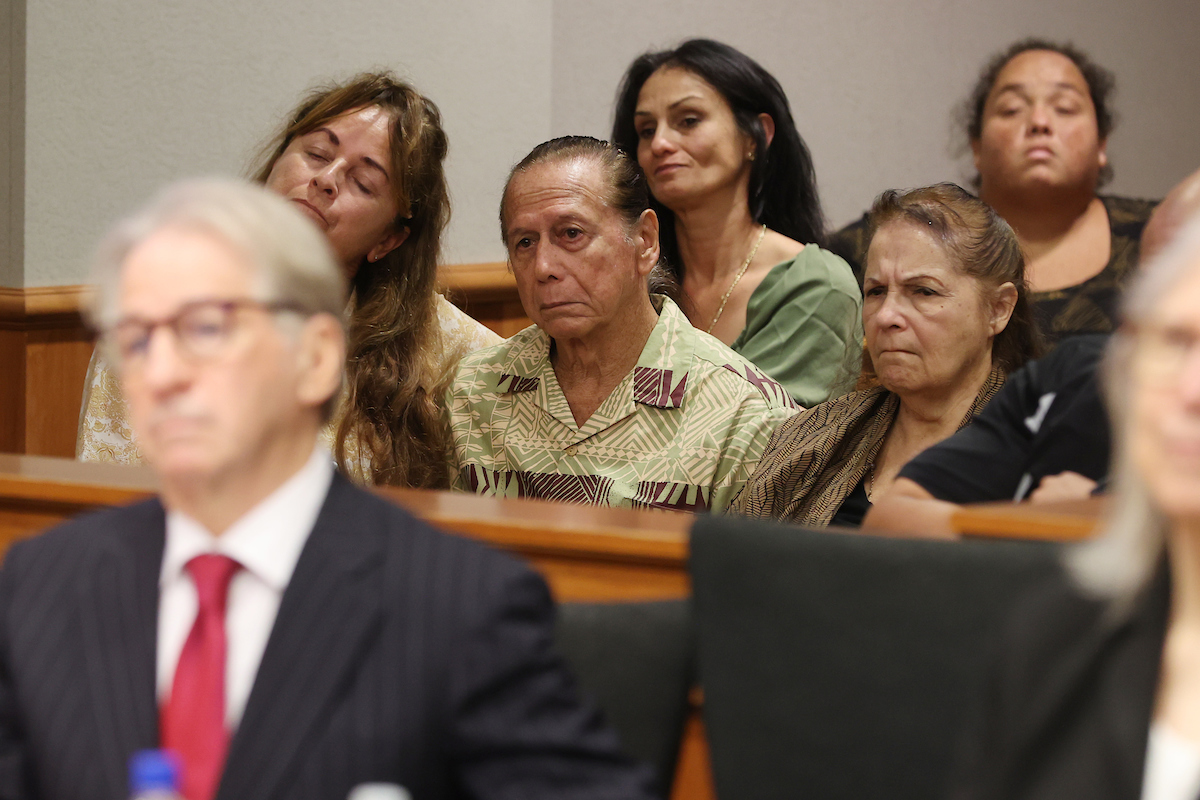
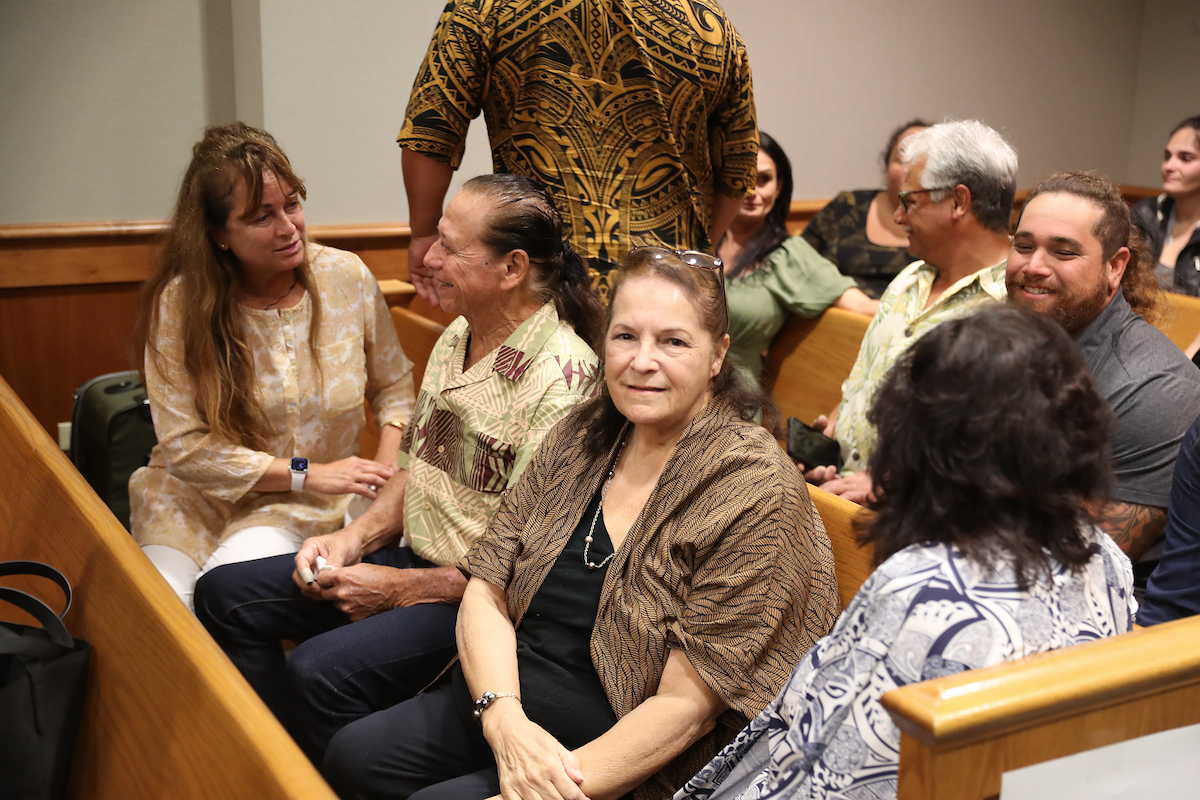



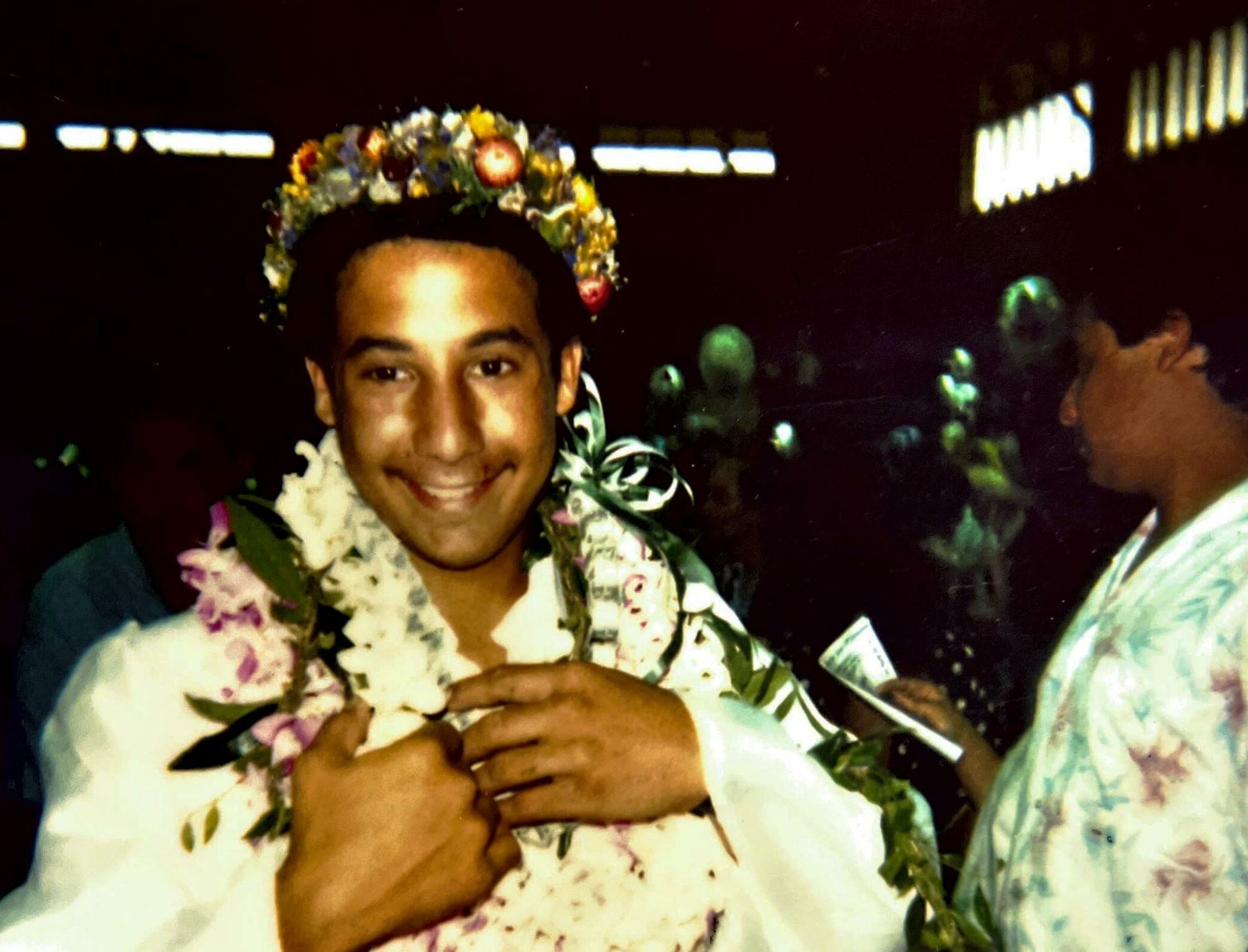
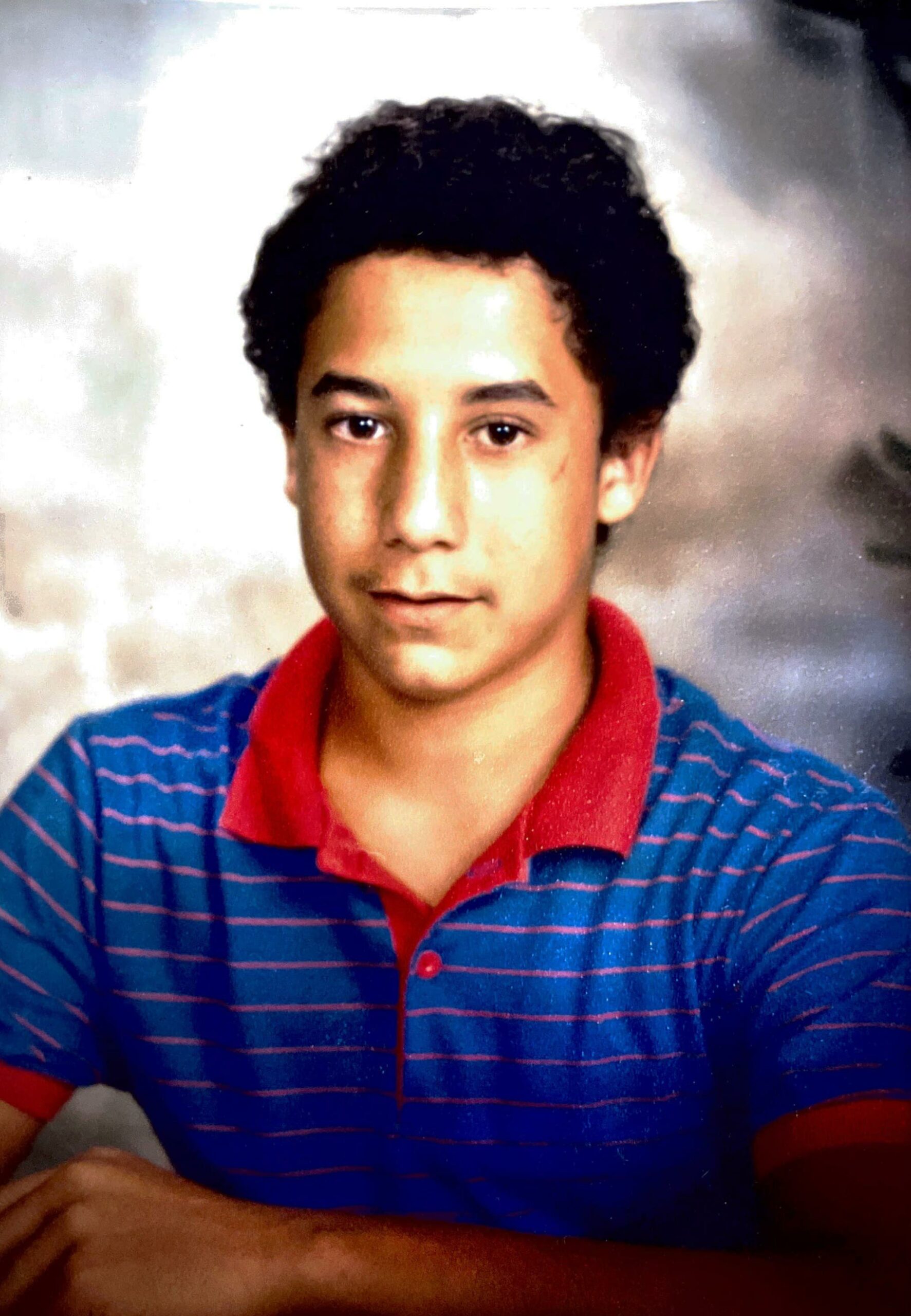


Leave a Reply
Thank you for visiting us. You can learn more about how we consider cases here. Please avoid sharing any personal information in the comments below and join us in making this a hate-speech free and safe space for everyone.